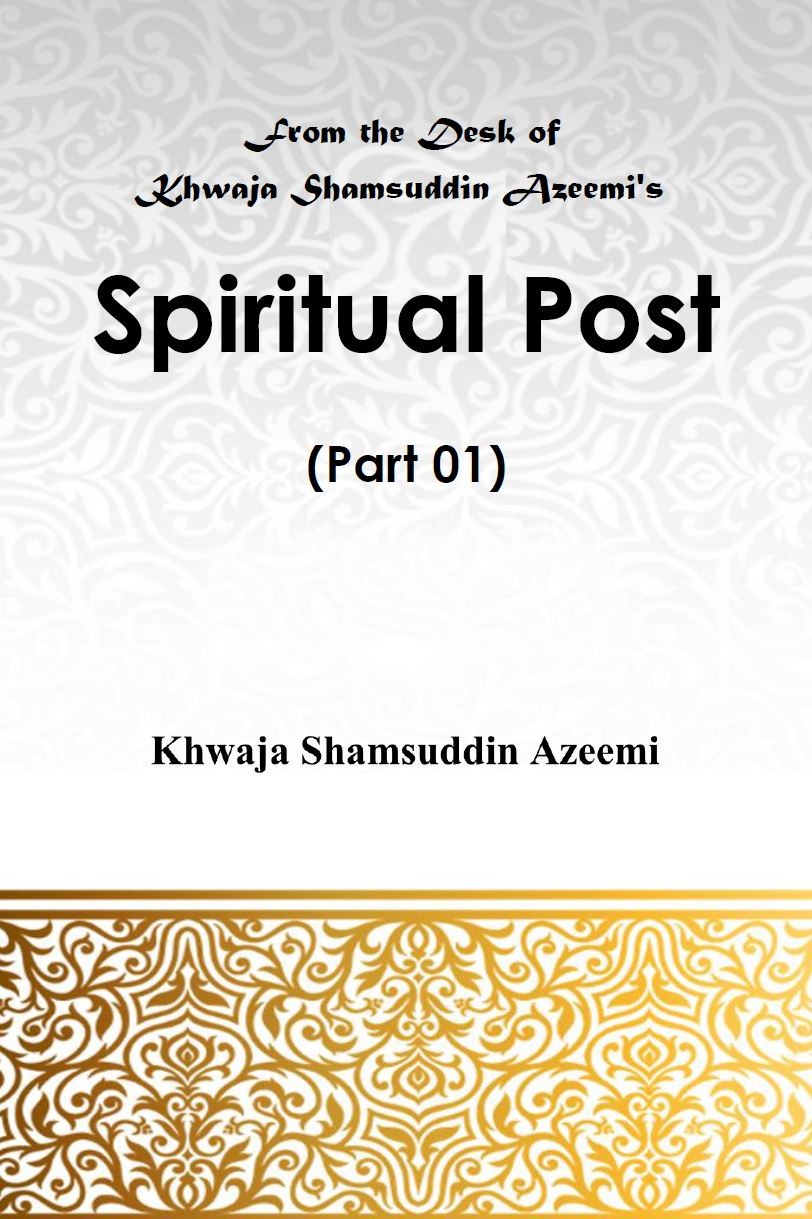Question:
The "Roohani Daak" column frequently mentions various forms of
meditation, such as meditation in relation to prayer, meditation for the
acceptance of supplications, and Muraqabah for mental focus. Please elaborate
on the Muraqabah performed at the shrines of revered spiritual figures, so that
its method and purpose can be better understood.
Answer:
It is an established spiritual truth that life continues beyond the dissolution
of the physical body, transitioning from the material realm into the realm of
light. This belief is deeply embedded in our religious faith. Within humanity
resides the inherent capacity to become acquainted with and establish a
connection to this hidden, metaphysical realm, even while living within the
corporeal form. Muraqabah at the graves of those who have transcended this
material world is intended to facilitate an encounter with them and to receive
spiritual beneficence. In this practice, the meditator redirects their
attention away from the physical world and concentrates on the posthumous realm
of existence, known as ʿAʿrāf
(the intermediate realm). When mental concentration and focus are sufficiently
cultivated, the practitioner may succeed in connecting with the soul of the
departed. In Sufism (Taṣawwuf),
this form of meditation is termed Kashf al-Quboor (Unveiling of the
Graves). This practice can be performed at any grave, though the purposes
differ: at an ordinary grave, it serves to reveal the afterlife of the
deceased; at the shrines of saints (Awliyāʾ), it is performed to receive spiritual
blessings (fayḍ)
and divine grace. A typical method of performing Kashf al-Quboor
involves sitting at the foot of the grave, breathing deeply and slowly, then
closing the eyes and focusing the mind inwardly upon the grave, as though
embarking on a journey into its depths. Depending on the practitioner's mental
focus and concentration, success may be achieved within a few minutes; however,
in some cases, it may require multiple attempts. It is critical to note that
the practice of Kashf al-Quboor should never be undertaken without
explicit permission from a qualified spiritual guide (Murshid). Engaging
in this practice without proper authorization can lead to spiritual risks and
complications.
Khwaja Shamsuddin Azeemi
Nearly three decades ago, the esteemed spiritual scholar and blessed guide, Khwaja Shamsuddin Azeemi (R.A), inaugurated a mission of public service with the objective of liberating humanity from afflictions, psychological distress, and physical ailments. For ten years, he remained in contemplative retreat, silently advancing this sacred commitment to the service of creation (khidmat-e-khalq). As the hearts of the people began turning toward him, he employed the medium of mass communication. In 1969, this initiative was formally introduced to the public through newspapers and spiritual journals. According to conservative estimates, through written correspondence and face-to-face interaction—particularly via national publications and the Roohani Digest—Hazrat Azeemi has extended spiritual guidance and healing to over 1.4 million men and women, addressing intricate personal crises and intractable medical conditions. Today, it is not uncommon that wherever a few individuals gather, and a seemingly insoluble dilemma or incurable illness is mentioned, someone inevitably suggests: “Establish contact with Azeemi Sahib—the matter will be resolved.”
Through the grace of Allah the Almighty, the spiritual affinity with the Prophet (P.B.U.H), and the continued beneficence of the blessed guide, four volumes of Roohani Daak (Spiritual Correspondence) have now been compiled. The first volume is hereby presented to you for contemplation and benefit.

Searching, Please wait..

